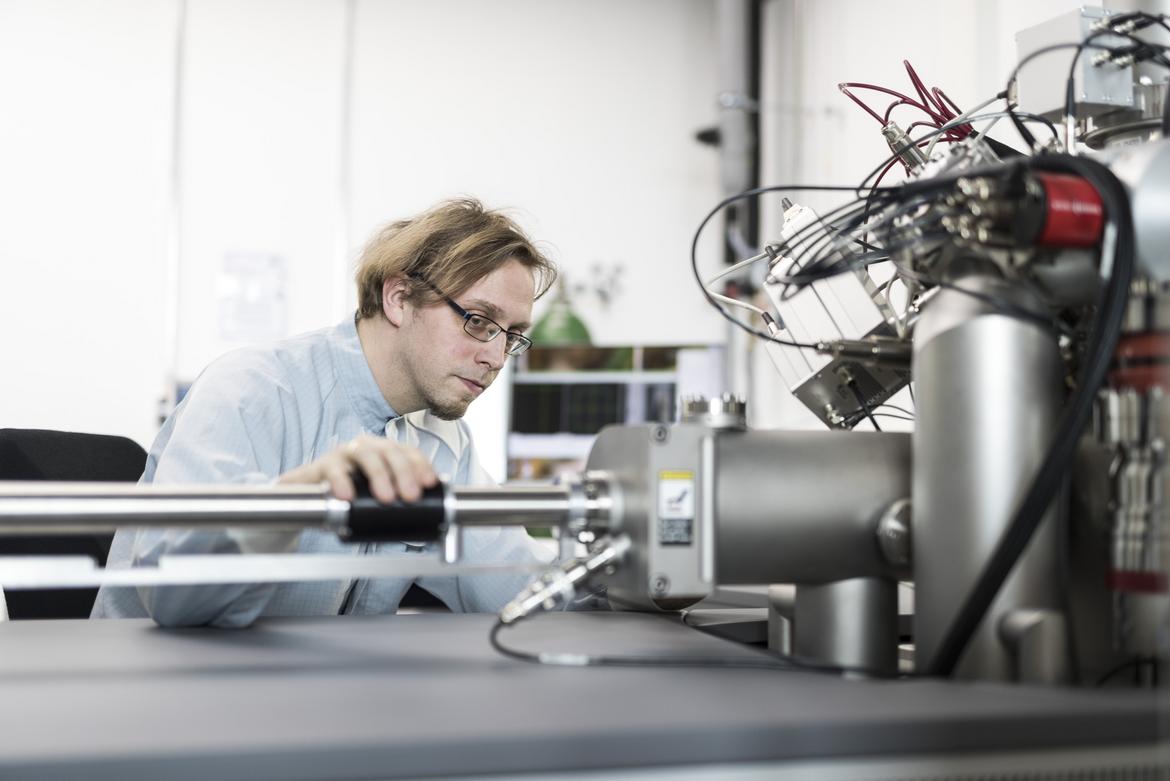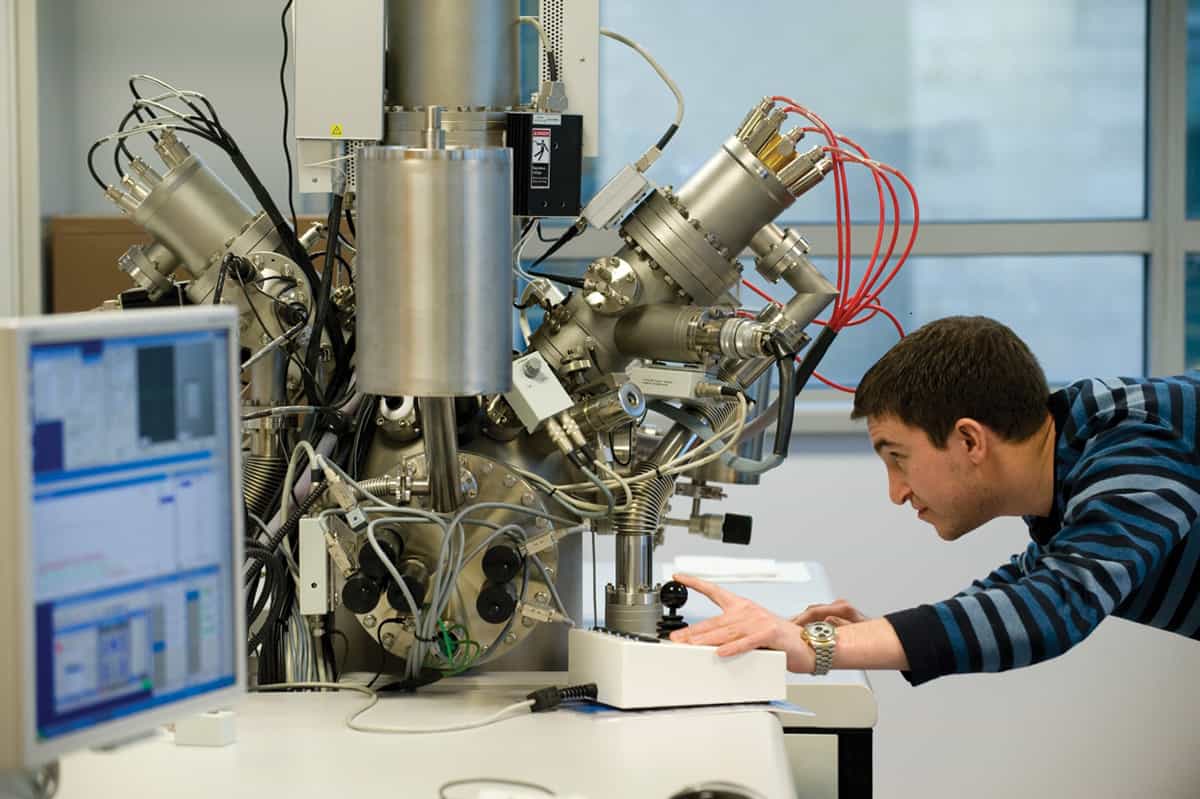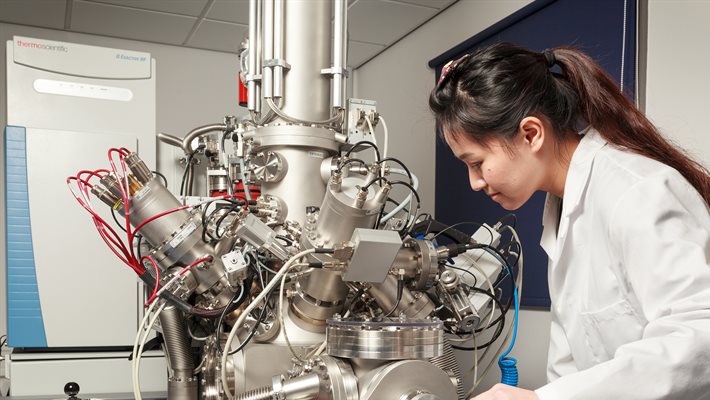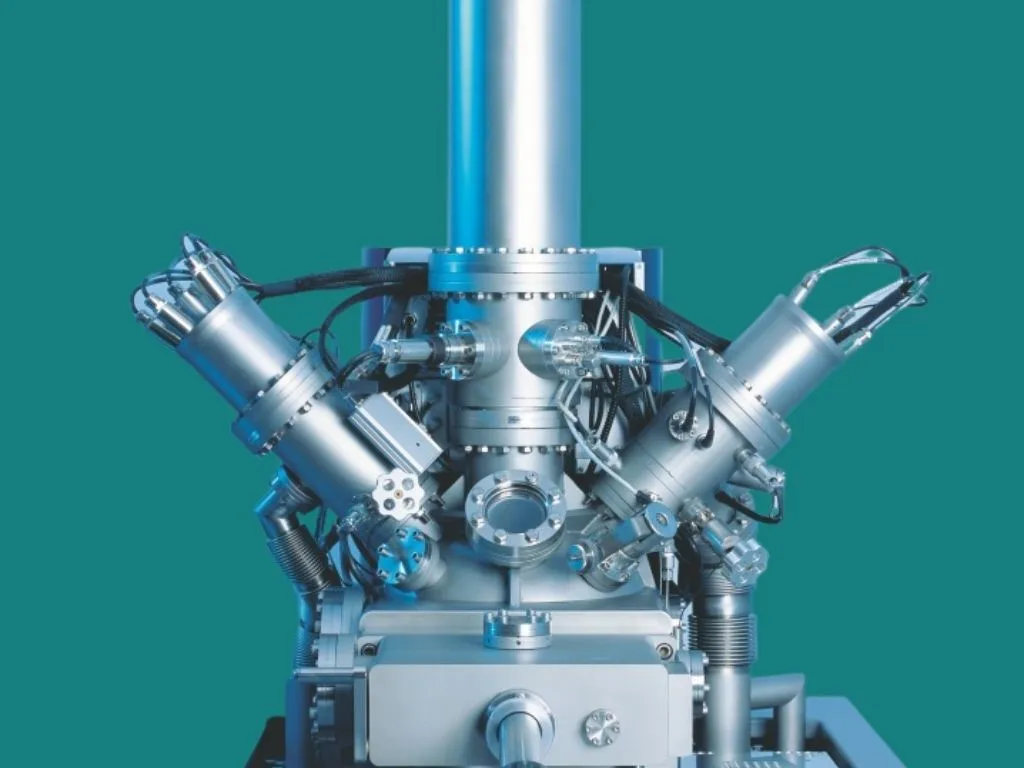Time-of-Flight Secondary Ion Mass Spectrometry is a cutting-edge technology revolutionizing surface analysis. Its advanced capabilities offer deep insights into material composition and structure, driving improvements across various fields. By employing this technique, researchers and manufacturers can achieve unparalleled precision in understanding surface characteristics and ensuring product quality.
Surface Chemical Composition Analysis

ToF SIMS Analysis is instrumental in identifying the atomic, elemental, and molecular composition of a solid surface’s top 1-3 atomic layers. The technique’s high sensitivity allows it to detect trace amounts of substances, even in the ppm range, making it invaluable for conductive and insulating materials. Its precise analysis is critical in understanding surface chemistry and ensuring material quality across various industries.
For example, these time-of-flight analyzers help detect and identify pollutants on the surface of silicon wafers, which is vital for understanding device performance and reliability. It also provides scientific insights into the distribution of active pharmaceutical ingredients within drug formulations. The technology can analyze a broad scope of materials, including solids, powders, and drying residues of liquids. However, the material must be vacuum-compatible.
Depth Profiling

ToF-SIMS is a sophisticated technique that can help survey the depth of the chemical composition of materials. Directing a beam of ions at the surface of a sample activates atoms from the surface layers, which sputter away. Analyzing the ejected atoms in terms of mass helps determine their composition, with the process repeated to erode deeper layers gradually.
The method provides detailed data on how the surface composition of a material changes from the surface to its interior, revealing crucial information about its structure. The importance of depth survey lies in its ability to uncover the layered structure of materials and the distribution of different elements or compounds.
For example, it helps investigate corrosion mechanisms by analyzing corrosion layers or studying the thickness and composition of surface coatings. In the microelectronics field, it helps examine the distribution of dopants in semiconductor devices. ToF-SIMS depth profiling offers valuable insights for various applications, including corrosion studies and thin film analysis, with relatively low sample preparation requirements.
2D and 3D Imaging
ToF-SIMS technology excels in providing detailed chemical composition data through both 2D and 3D imaging. The tech offers insightful 2D imaging with high lateral resolution, down to 300 nm or even finer, allowing for precise surface analysis. This capability is crucial for visualizing and analyzing the distribution of elements and compounds across the surface of materials.
For 3D imaging, ToF-SIMS combines surface imaging with depth profiling. This integration allows for a comprehensive view of surface and subsurface features, creating detailed three-dimensional representations of the sample.
The approach is precious in materials science for examining the distribution of elements in composite materials or coatings. It also plays a significant role in forensic science, where it can analyze surfaces for evidence to identify fingerprints, residues, or other traces, providing critical information for investigations.
Failure Analysis and Identifying Unwanted Coatings

ToF-SIMS is crucial in investigating material failures by analyzing failed materials’ surface composition and depth profiles. That allows researchers to pinpoint defects, contaminants, or degradation processes that contributed to the failure, offering valuable insights to enhance material design, manufacturing processes, and usage conditions.
Modern ToF-SIMS devices, equipped with in-situ Ar-Cluster cleaning, further elevate this process by removing surface contamination or unwanted coatings in real time. The feature ensures more accurate analysis by revealing the chemical composition beneath unwanted layers, allowing for precise identification and better prevention of future material failures.
In conclusion, ToF-SIMS technology is vital in modern material analysis, offering unmatched precision in industries like electronics, pharmaceuticals, and materials science. However, identifying a reputable ToF-SIMS analysis laboratory is essential to ensure accuracy, quick turnaround times, and access to modern technology, all contributing to generating insightful, actionable results for industrial applications.




